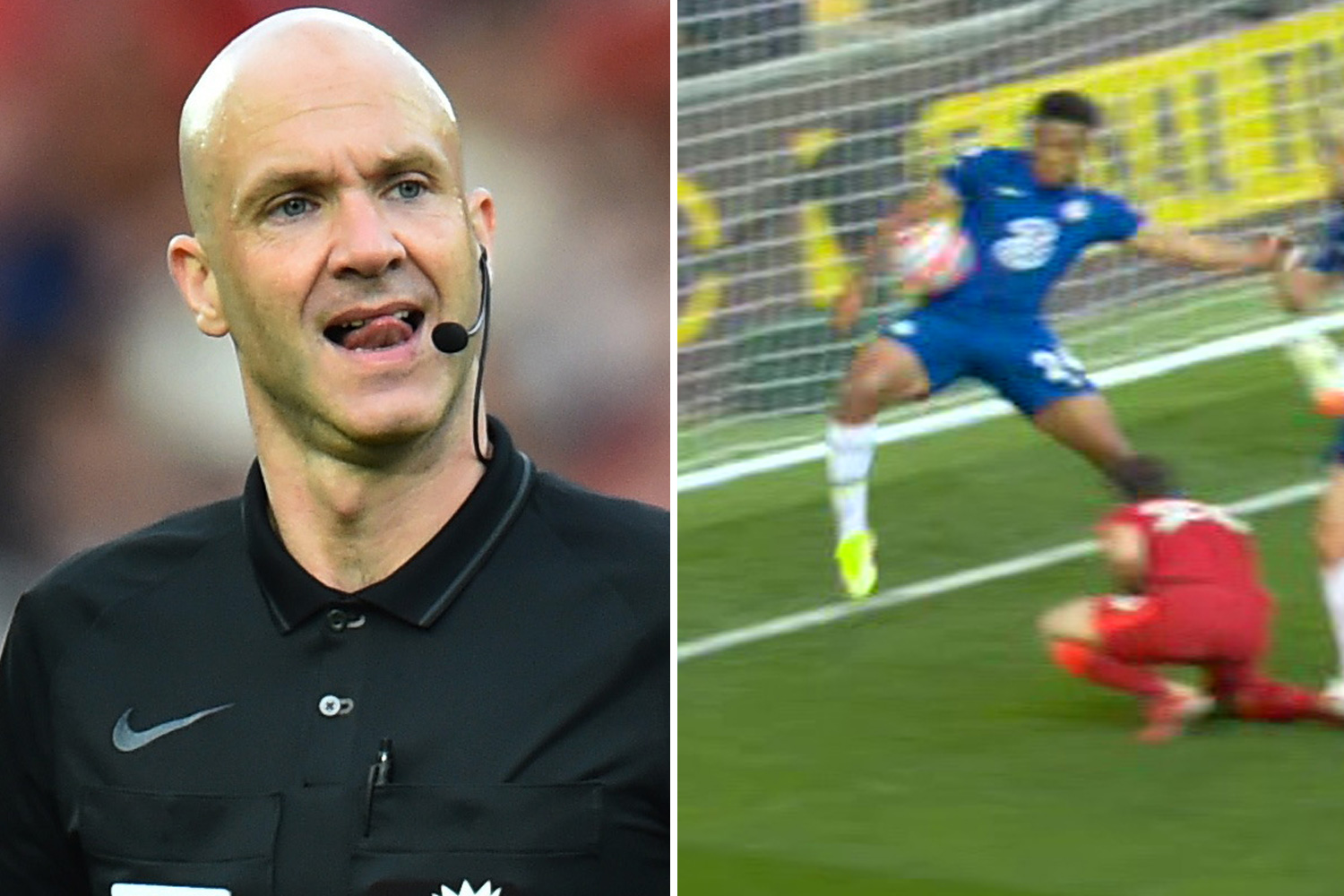I agree. I'd like to see it be more of an emphasis. I really liked the Evans/Bellion analysis that suggested a line of 4 in a half or 6 in a game--regardless of type of foul--should be PI. At a third foul in a half (or 5th in a game) the player should be clearly warned. (And in my view, if there are two harder fouls, the warning should come at the second, especially if they are approaching reckless.) I don't want to see lots of cards flying, but if players know PI actually exists, it should reduce the overall number of fouls and improve the overall game.
I'm working off of memory, but I believe in the US version of "arena soccer" (for our friends across the pond, this is a version of indoor soccer played in the confines of an ice hockey rink with the side boards keeping the ball in play), four fouls in a half by one player results in a two-minute "power play" (i.e. a blue card), while six in a game is a send-off/ejection (I believe this results in another two-minute power play, but not sure). So I think the Evans/Bellion reasoning you mentioned has a lot of validation.
I know I'm always working harder to recognize persistence in the matches I officiate. I don't always remember. If I ever work matches with a fourth, I do make it a point in my pregame to have the fourth keep track of any persistence issues and let me know if we are approaching that point. But in any case, I do think clamping down on persistence is a great way to keep the temperature of a match down.
Edit - Here are the rules surrounding foul accumulation in the US Major Arena Soccer League (MASL)
12.4 FOUR FOUL PENALTY: Any player who accumulates four (4) fouls in one half
will be assessed a two (2) minute power play time penalty. Two overtime periods equal
a half and the same rule applies for overtime. Fouls accumulated in the first half will not
carryover to the second half. Fouls accumulated in the second half will not carryover to
the overtime periods. In the interval between periods, the 4th Official will provide each
Coach with a list of those players having accumulated 2 or more fouls. A four (4) foul
penalty assessed to the goalkeeper, shall not be served by the goalkeeper but rather
served by a teammate (Coach’s choice). A blue card penal two (2) minute power play
time penalty does not count towards a player’s four (4) foul accumulation.
12.5 SIX FOUL EJECTION: Any player who accumulates six (6) fouls in a game will
“foul out” of the game and be issued a red card ejection. No powerplay and no
suspension will accompany a six (6) foul ejection. All player fouls will carry over from
regulation into overtime. A blue card penal two (2) minute power play time penalty does
not count toward a player’s six (6) foul accumulation.



 ) topic to read on fan forums at the moment, with many getting bent out of shape trying to wiggle the laws to show that it can't be a sending off offence.
) topic to read on fan forums at the moment, with many getting bent out of shape trying to wiggle the laws to show that it can't be a sending off offence.
